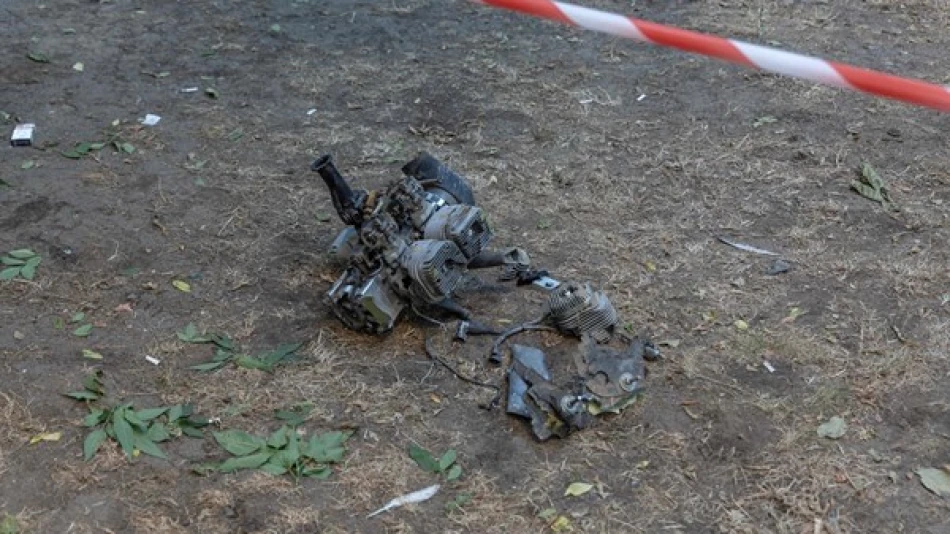
Russia Downs 83 Drones, 16 Near Moscow, in Latest Air Defense Effort
Ukraine Escalates Drone Campaign with Massive 83-Drone Strike Deep into Russian Territory
Russia intercepted its largest reported drone assault to date on Saturday, with 83 Ukrainian drones penetrating deep into Russian airspace and reaching the capital Moscow. The coordinated attack disrupted major airports during peak summer travel season and paralyzed critical rail infrastructure, signaling Ukraine's expanding capacity to project force far beyond the battlefield and into Russia's economic heartland.
Moscow Under Fire: Capital's Defenses Tested
Sixteen drones targeted the Moscow region specifically, with residents reporting powerful explosions as air defense systems engaged the incoming threats. The strike forced authorities to suspend operations at Domodedovo and Sheremetyevo airports—two of Russia's busiest international gateways—creating cascading disruptions during the height of summer vacation season.
This represents the most significant drone penetration of Moscow's airspace since the conflict began, demonstrating Ukraine's ability to strike symbolic and strategic targets over 500 kilometers from its borders. The timing appears calculated to maximize economic disruption and psychological impact on Russian civilians.
Infrastructure Paralysis Spreads Across Multiple Regions
Rail Network Crippled in Strategic Rostov Region
The attack's most severe economic impact occurred in Rostov region, directly east of Ukraine, where falling drone debris severed railway infrastructure. Fifty long-distance trains faced delays or cancellations, alongside widespread local transport disruptions. This corridor serves as a critical supply route for Russian military operations and civilian commerce.
Regional Governor Yuri Slyusar reported that drone fragments ignited fires in residential homes in Kamensk city, injuring at least one woman. The civilian casualties underscore the increasingly blurred lines between military and civilian targets as the conflict intensifies.
Northern Border Region Also Targeted
Bryansk region, positioned directly north of Ukraine, also came under attack, though authorities have not yet disclosed damage assessments. The multi-front assault pattern suggests sophisticated coordination and intelligence gathering by Ukrainian forces.
Strategic Implications: Ukraine's Long-Range Capabilities Mature
This operation marks a qualitative leap in Ukraine's drone warfare capabilities, both in scale and geographic reach. The 83-drone figure represents the largest single-day total reported by Russian defense officials, indicating either improved Ukrainian production capacity or more effective coordination of existing assets.
The economic warfare dimension is becoming increasingly prominent. By targeting airports and rail infrastructure, Ukraine demonstrates its ability to disrupt Russian civilian life and commerce, potentially eroding domestic support for the conflict. The timing during summer travel season amplifies the psychological impact on ordinary Russians.
Russia's Defense Dilemma Intensifies
While Russia claims to have intercepted all 83 drones, the widespread infrastructure damage and civilian casualties suggest either incomplete interception or significant collateral damage from defensive measures. This highlights the challenge facing Russian air defenses: protecting an enormous territory against increasingly sophisticated and numerous drone swarms.
The attacks force Russia to allocate more resources to homeland defense, potentially reducing assets available for offensive operations in Ukraine. Each successful penetration of Russian airspace also undermines the Kremlin's narrative of military superiority and territorial security.
The escalation signals Ukraine's strategic shift toward bringing the war's consequences directly to Russian territory, testing both Moscow's defensive capabilities and civilian resolve as the conflict enters its third year.
Most Viewed News

 Layla Al Mansoori
Layla Al Mansoori






